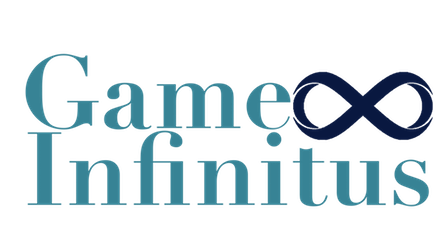Like A Dragon: Infinite Wealth marks a significant milestone in the series, elevating the narrative and gameplay to unprecedented levels. This entry is particularly notable for its successful execution of a dual-protagonist storyline, a feat that enriches the series’ lore without compromising the continuity or quality of the narrative.
The game serves as a bridge between Like A Dragon and Like A Dragon Gaiden, seamlessly integrating the journeys of Kasuga Ichiban and Kazuma Kiryu. Ichiban, making his debut as a lead character in Like A Dragon, seeks to forge his path in the world after his time with the Yakuza. Like A Dragon Gaiden explores Kiryu’s life following the events of Yakuza 6, setting the stage for their paths to intersect in Infinite Wealth.
Set a few years after their respective stories, Infinite Wealth finds Ichiban attempting to aid former Yakuza members in their transition to civilian life, only to find himself entangled in the criminal underworld once again. This twist of fate leads him to Hawaii, where he joins forces with Kiryu, who is also on a quest for a new beginning.
The shift to Hawaii as the game’s setting introduces a vibrant and refreshing backdrop that diverges from the familiar urban landscapes of previous entries. This new location is not only visually stunning but also densely packed with engaging side content, maintaining the series’ reputation for delivering rich, immersive worlds filled with diverse activities.
Like A Dragon: Infinite Wealth represents a significant evolution in the series, bridging the legacy of its brawler origins with its current RPG-focused gameplay, a transformation that began with the introduction of Kasuga Ichiban as the protagonist. This latest entry further refines the turn-based combat system, introducing more dynamic pacing to attacks and placing a greater emphasis on exploiting enemy weaknesses, which can lead to significant rewards for the player.
The return and expansion of the job system add a layer of depth to character customization, allowing players to mix and match skills from different jobs. This flexibility enhances the gameplay experience by enabling players to tailor their party’s abilities to their preferred playstyle without being locked into specific roles. The game strikes a balance in difficulty, avoiding the abrupt spikes seen in predecessors, with the main storyline providing a manageable challenge that encourages players to engage with the game’s rich side content for additional tests of skill.
The technical and artistic achievements of Like A Dragon: Infinite Wealth are noteworthy. The game’s narrative is among the best in the series, supported by exceptional animation and acting. The Dragon Engine’s scalability allows the game to run at 60 FPS on consoles and even higher on PC, showcasing the detailed and high-quality character models that could easily be mistaken for a pre-rendered movie. Additionally, the game’s performance on the Steam Deck, maintaining 60 FPS, makes it an exceptional portable experience. This level of technical polish, combined with the deep and engaging story, makes Like A Dragon: Infinite Wealth a landmark title in the series.
The main story of Like A Dragon: Infinite Wealth possesses its unique charm, but a Like A Dragon game is not truly complete without exploring its extensive side content. This game, perhaps more than any other in the franchise, offers an unparalleled variety of activities. From fully-developed mini-games inspired by Sega classics such as Crazy Taxi to amusing adaptations of the Animal Crossing and Pokemon franchises, the game is overflowing with side activities. There is so much to do that players can easily find themselves diverted from the main storyline.
Infinite Wealth embodies the ideal game I had envisioned for the series. It introduces minor improvements to combat and gameplay quality-of-life, alongside more significant additions such as Bond levels and Drink Links, refreshing the experience for both newcomers and franchise veterans. Describing the combat system as merely turn-based would underestimate its complexity; it has been thoroughly enhanced to support greater movement and strategic depth. While Ichiban was previously playable in this system, it was the first instance of Kiryu being playable. The developers skillfully integrated his signature moves and styles into the combat system, allowing him to momentarily transform battles into brawler sequences.
The narrative unfolds across various locations, from Honolulu to Yokohama, each teeming with life and opportunities for side quests, mini-games, and activities. The game skillfully balances humor with serious moments, establishing a compelling atmosphere. The interactions between Kiryu and Ichiban stand out as a game highlight, showcasing a man on a spiritual journey contemplating his life’s final days with exceptional narrative and gameplay integration. One side activity, in particular, focuses on Kiryu reflecting on his life choices and pursuing his desires.
Infinite Wealth is a vast game with numerous components. Despite occasional missteps, it provides a solid and memorable experience that sets a new standard for future entries in the series.
[penci_review]





